How Physiotherapy Complements Chiropractic Adjustments for Faster Healing
October 16, 2025
8 min

A Holistic Approach to Healing
Combining physiotherapy and chiropractic adjustments offers a powerful and natural pathway to faster and more effective healing. By addressing spine alignment and muscular function together, this integrated approach targets the root causes of pain and dysfunction while boosting rehabilitation and long-term wellness. This article explores how physiotherapy complements chiropractic care and why their partnership enhances recovery outcomes for a wide range of conditions.
Foundations of Chiropractic Adjustments and Physiotherapy
What is chiropractic adjustment and its main benefits?
Chiropractic adjustments are manual treatments performed by licensed chiropractors using hands or instruments to manipulate joints, primarily focusing on correcting spinal alignment. This treatment aims to reduce nerve irritation and enhance nervous system function. Common benefits include relieving back and neck pain, reducing headaches and migraines, improving posture, and increasing range of motion. Patients often experience natural, drug-free pain relief and better mobility following adjustments.
What does physiotherapy involve and what are its benefits?
Physiotherapy, also known as physical therapy, uses guided exercises, stretches, manual therapies, and modalities like heat or ultrasound to improve bodily function. Its core goals include strengthening muscles, increasing flexibility, restoring movement, and managing pain. Physiotherapy also supports post-surgical rehabilitation, addresses muscle imbalances, improves posture, and helps prevent future injuries.
Distinct focus areas of both disciplines
Chiropractic care mainly targets skeletal health by performing joint manipulations and spinal realignment to reduce nerve interference. Conversely, physiotherapy concentrates on the musculoskeletal system’s muscles and soft tissues, focusing on strengthening, flexibility, and improving movement patterns. While chiropractic adjustments primarily restore structural alignment, physiotherapy retrains muscles and joints for correct function and long-term stability.
How they individually aid healing and pain relief
Chiropractic adjustments relieve nerve compression by realigning vertebrae and enhancing spinal mechanics, which can alleviate pain and stiffness. Physiotherapy complements this by strengthening the supporting muscles and improving flexibility, which helps sustain the benefits of chiropractic care and minimizes recurrence of problems. Together, each discipline offers a unique but complementary approach that addresses both the structure and function necessary for comprehensive healing and pain management.
The Complementary Nature of Physiotherapy to Chiropractic Care

How does physiotherapy complement chiropractic care?
Physiotherapy supports chiropractic care by strengthening the muscles around the spine and joints, which chiropractic adjustments realign. This collaboration enhances stability and prevents joint restrictions from recurring.
Physiotherapists focus on neuromuscular retraining and muscle strengthening, which helps patients restore proper movement patterns. This retraining is vital after chiropractic adjustments to maintain spinal alignment and prevent compensatory movements that can cause pain.
Rehabilitative exercises improve flexibility and endurance of muscles, which complements chiropractic efforts in reducing nerve irritation and improving joint function. Physical therapy also addresses pain management through targeted techniques that reduce inflammation and muscle tension.
By integrating physiotherapy with chiropractic care, patients experience more comprehensive pain relief and a decreased risk of re-injury. This teamwork ensures the musculoskeletal system functions optimally, providing both immediate relief and long-term injury prevention.
The approach encourages active patient participation through personalized exercises and continuous evaluation, promoting lasting recovery and improved quality of life.
Integrated Treatment Plans: How Collaborative Care Accelerates Healing

Personalized care plans combining both therapies
Chiropractors and physical therapists work together to develop individualized treatment plans tailored to each patient's unique needs. These plans blend chiropractic adjustments, which realign the spine and relieve nerve pressure, with physical therapy exercises that build muscle strength, improve flexibility, and restore proper movement patterns. This personalized strategy ensures that patients receive comprehensive care addressing both structural and functional issues.
Communication and coordination between providers
Effective collaborative care relies heavily on open communication between chiropractors and physical therapists. By sharing assessments, treatment progress, and patient feedback, providers coordinate interventions for optimal outcomes. This team approach keeps the patient’s goals central, encourages adherence to prescribed therapies, and quickly adjusts the treatment plan when necessary to maximize healing.
Examples of conditions benefiting from combined care
Patients experiencing back pain, sports injuries, arthritis, post-surgical rehabilitation, and chronic musculoskeletal issues often benefit greatly from the integrated approach. Chiropractic adjustments reduce nerve irritation and spinal misalignments, while physical therapy strengthens supporting muscles and retrains movement — addressing both causes and symptoms of pain and dysfunction.
Faster recovery timelines and improved outcomes
Combining chiropractic care and physical therapy can accelerate the healing process, allowing earlier pain relief and improved mobility. Patients commonly experience quicker improvements in range of motion, reduced stiffness, and greater functional independence. This holistic care method not only fosters faster recovery but also reduces the chances of recurrent injuries by promoting balanced musculoskeletal health.
Why combine chiropractic care and physiotherapy?
Combining chiropractic care with physiotherapy creates an integrated plan targeting both structural alignment and muscular function. This coordinated approach enhances pain relief, increases range of motion, speeds up recovery from injuries such as back pain and sports-related issues, and strengthens the body to reduce risks of re-injury. For more detailed insights, see how this combined approach benefits musculoskeletal health.
Patient Experience and Recovery: What to Expect
Typical recovery timeline post-adjustment
After a chiropractic adjustment, patients often experience mild soreness or temporary discomfort as their body starts to realign. This soreness usually lasts from a few days up to two weeks, signaling that the healing process is underway. Improvement in symptoms such as pain relief, increased mobility, and better posture typically begins within the first few weeks. Patients may notice changes like pain shifting locations or becoming less intense, indicating positive realignment and nerve healing. For more details on this timeline, see Chiropractic recovery timeline and What to Expect After Your First Adjustment.
Role of physiotherapy during healing phases
Physiotherapy plays a crucial role throughout the recovery timeline by complementing chiropractic care. During the acute healing phase, physical therapists use modalities like massage, ice therapy, and gentle movement exercises to reduce inflammation and support tissue repair. As healing progresses, physiotherapy focuses on strengthening muscles, improving flexibility, and retraining movement patterns to restore full function. This active rehabilitation helps prevent recurrence and facilitates a return to normal daily activities. Learn more about Physical therapy overview and Physiotherapy and Chiropractic Care.
Managing soreness and inflammation
To manage post-adjustment soreness, ice application for 20-minute intervals is recommended to reduce inflammation. Patients should avoid heat therapy immediately after adjustments, as heat can increase swelling. Gentle activities like walking or swimming may be beneficial but should be done under practitioner guidance. Patients are encouraged to stay hydrated, drinking 80-120 ounces of water daily, to help flush out toxins released during adjustments and aid recovery. Additional aftercare tips can be found in Proper hydration after chiropractic adjustments and Managing post-adjustment inflammation.
Lifestyle recommendations to support recovery
Supporting recovery involves a combination of rest, nutrition, and gradual activity. Adequate hydration, a balanced diet rich in organic fruits, vegetables, proteins, and omega-3 fatty acids supports tissue repair and reduces inflammation. Patients should avoid strenuous exercise initially and practice good posture during daily activities to maintain spinal alignment. Consistent adherence to prescribed physiotherapy exercises and chiropractic follow-ups ensures sustained benefits and long-term health improvements. More lifestyle guidance is available in Benefits of combining chiropractic and physical therapy and Lifestyle guidance for healing.
What happens after chiropractic adjustments and how does physiotherapy help?
Following chiropractic adjustments, patients may encounter mild soreness as the body realigns, with symptom improvements often beginning within weeks. Physiotherapy aids recovery by using targeted exercises and treatment modalities to reduce inflammation, improve flexibility, and strengthen muscles. This combination facilitates a smoother transition through healing phases and supports sustained functional gains, enhancing overall recovery outcomes. See Combined chiropractic and physical therapy benefits and How physiotherapy helps chiropractic recovery for more information.
Maximizing Long-Term Benefits Through Combined Care

How does combining physiotherapy and chiropractic care benefit long-term health?
Combining physiotherapy and chiropractic care significantly improves long-term musculoskeletal health by targeting both the root causes and symptoms of pain. Chiropractic adjustments correct spinal misalignments and reduce nerve irritation, which fosters better nervous system function. Physiotherapy complements this by strengthening muscles, improving flexibility, and restoring proper movement patterns.
This integrated treatment approach provides natural, drug-free pain relief by reducing inflammation and muscle tension without relying on medication. Patients experience enhanced mobility and strength, which helps prevent the recurrence of injuries and chronic conditions such as arthritis and back pain. Learn more about this integrated care approach.
Addressing chronic conditions and injury prevention
A combined care plan supports recovery from chronic pain and degenerative diseases by realigning the spine and maintaining muscular support through tailored exercise programs. Physiotherapists help retrain movement and build endurance while chiropractors focus on joint mobility and posture correction. See detailed benefits of combined chiropractic and physical therapy.
This synergy not only alleviates current symptoms but also decreases the likelihood of future injuries. Regular maintenance treatments help sustain spinal alignment and muscular balance. The role of patient participation in combined chiropractic and PT care is key to success.
Promoting natural, drug-free pain relief
Both therapies work together to alleviate pain naturally. Chiropractic adjustments release nerve pressure and improve circulation, while physiotherapy reduces muscle tension and inflammation through targeted exercises and manual techniques. This dual action promotes healing and can reduce dependence on pain medications, offering a safe alternative for patients managing chronic pain. Explore natural drug-free pain relief through chiropractic and physical therapy.
Enhancing mobility, strength, and quality of life
Through chiropractic care and physiotherapy, patients regain full range of motion and increase muscle strength. This improvement supports everyday activities and athletic performance. Enhanced posture and movement efficiency contribute to overall well-being, leading to better energy levels and decreased stiffness. Benefits of physical therapy and chiropractic care together and chiropractic adjustments for joint mobility highlight these gains.
Patient education and active participation
Education is a vital component of this combined approach. Patients learn about proper body mechanics, ergonomics, and home exercises that reinforce clinical treatments. Active involvement helps maintain long-term benefits and empowers individuals to manage their health proactively. Learn about patient education in physiotherapy and chiropractic care and how it contributes to sustained recovery.
In summary, combining physiotherapy with chiropractic care offers a holistic, personalized strategy that maximizes recovery, supports sustainable health improvements, and improves quality of life over the long term. For more insights, see how chiropractic care complements physical therapy and other treatments.
Embracing a Unified Path to Faster Healing
Integrating physiotherapy with chiropractic adjustments harnesses the strengths of both disciplines to deliver comprehensive, effective care. By realigning the spine and reinforcing muscular support simultaneously, patients benefit from faster pain relief, greater functional recovery, and reduced likelihood of future injuries. This collaborative approach empowers individuals to actively participate in their healing journey and achieve sustained wellness without dependence on medications or invasive treatments. As healthcare continues to evolve, the synergy of physiotherapy and chiropractic care represents a promising model for enhancing recovery and improving quality of life across diverse patient populations.
Recent articles
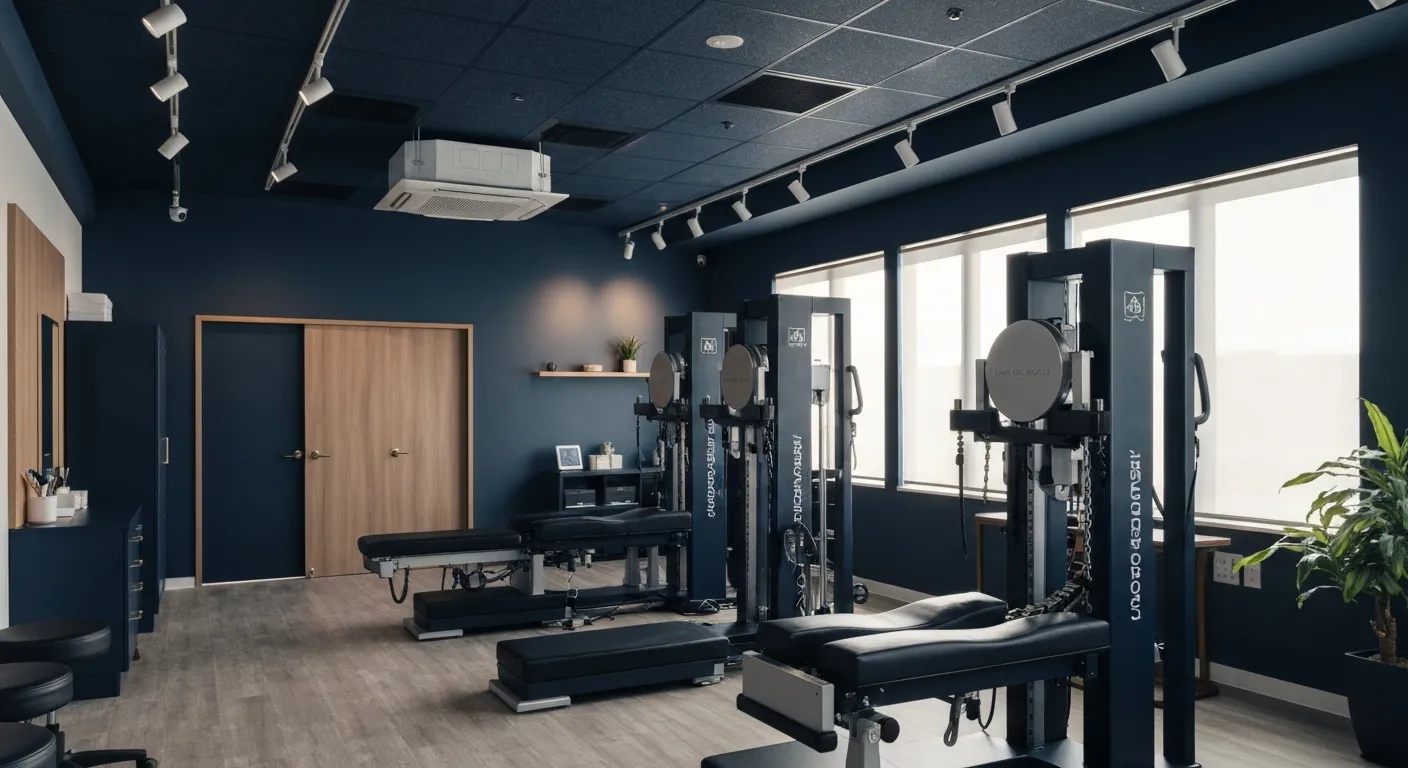
Sciatica Relief Through Targeted Spinal Decompression

Integrating Physiotherapy with Chiropractic Treatments for Better Results

Testimonials That Demonstrate the Benefits of Chiropractic Care

The Power of Corrective Exercises in Pain Management

A Step-by-Step Guide to Your Initial Chiropractic Consultation

9 Nutritional Tips to Enhance Your Chiropractic Wellness Journey

Patient Experiences: How Chiropractic Care Changed Their Lives

Lifestyle Recommendations to Keep Your Spine in Top Shape

Effective Corrective Exercises for Long-Term Pain Relief

Back Pain Benefits: What Chiropractic Care Can Do for You

Spinal Decompression Techniques for Effective Sciatica Relief

Top Nutritional Counseling Tips for Enhanced Wellness
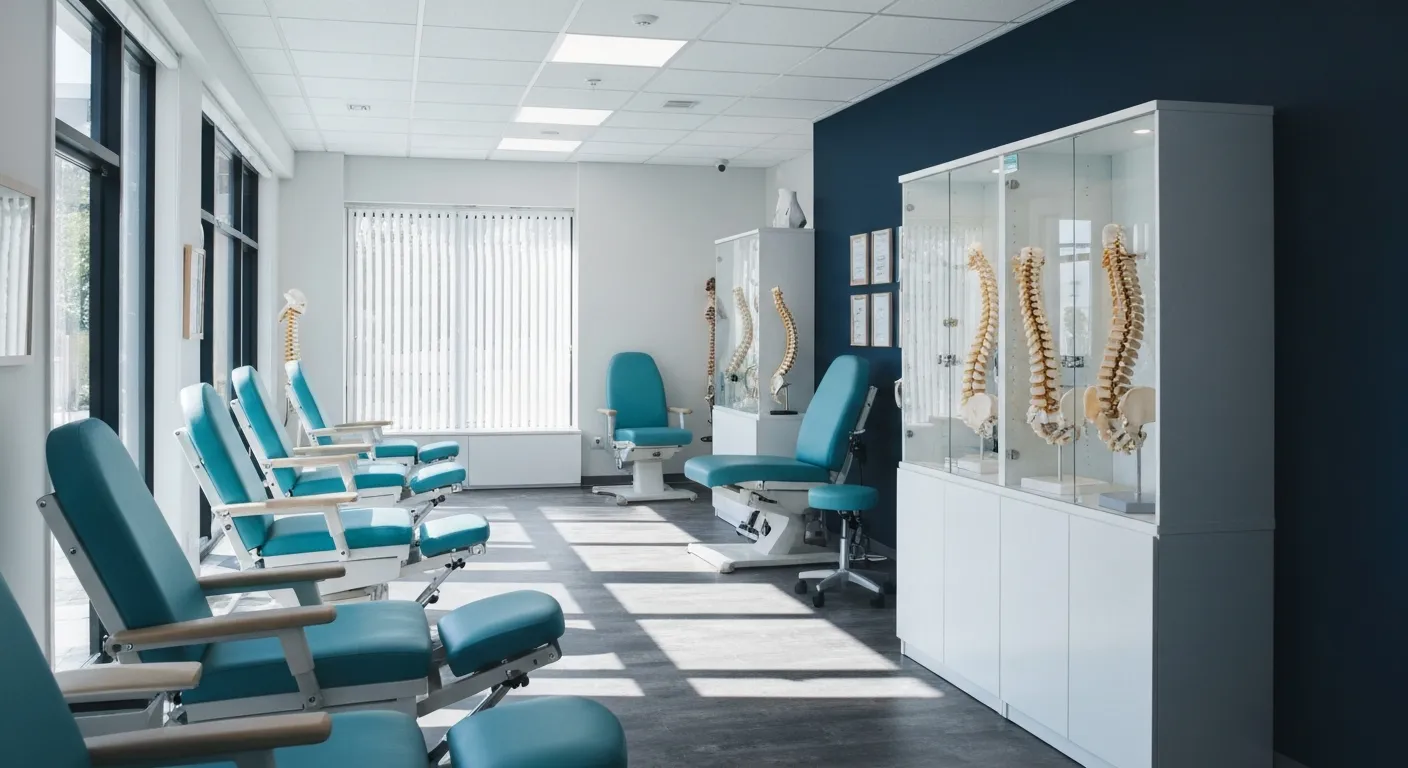
6 Lifestyle Habits That Boost Spine Health Daily

Discover Holistic and Non-Surgical Pain Relief Solutions

Exploring Holistic and Non-Surgical Treatment Options for Pain
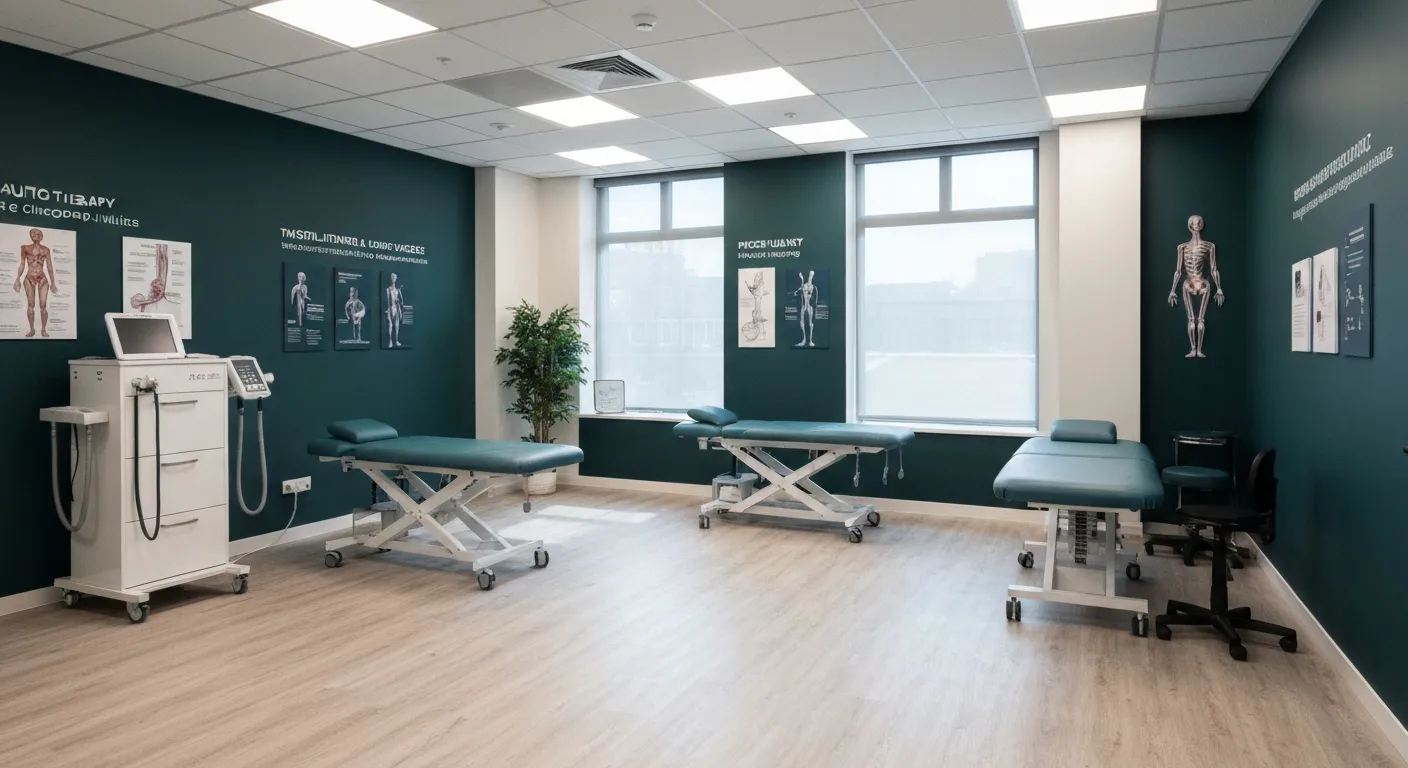
The Role of Physiotherapy in Enhancing Chiropractic Care Outcomes

Complementing Chiropractic Care with Physiotherapy: What You Need to Know
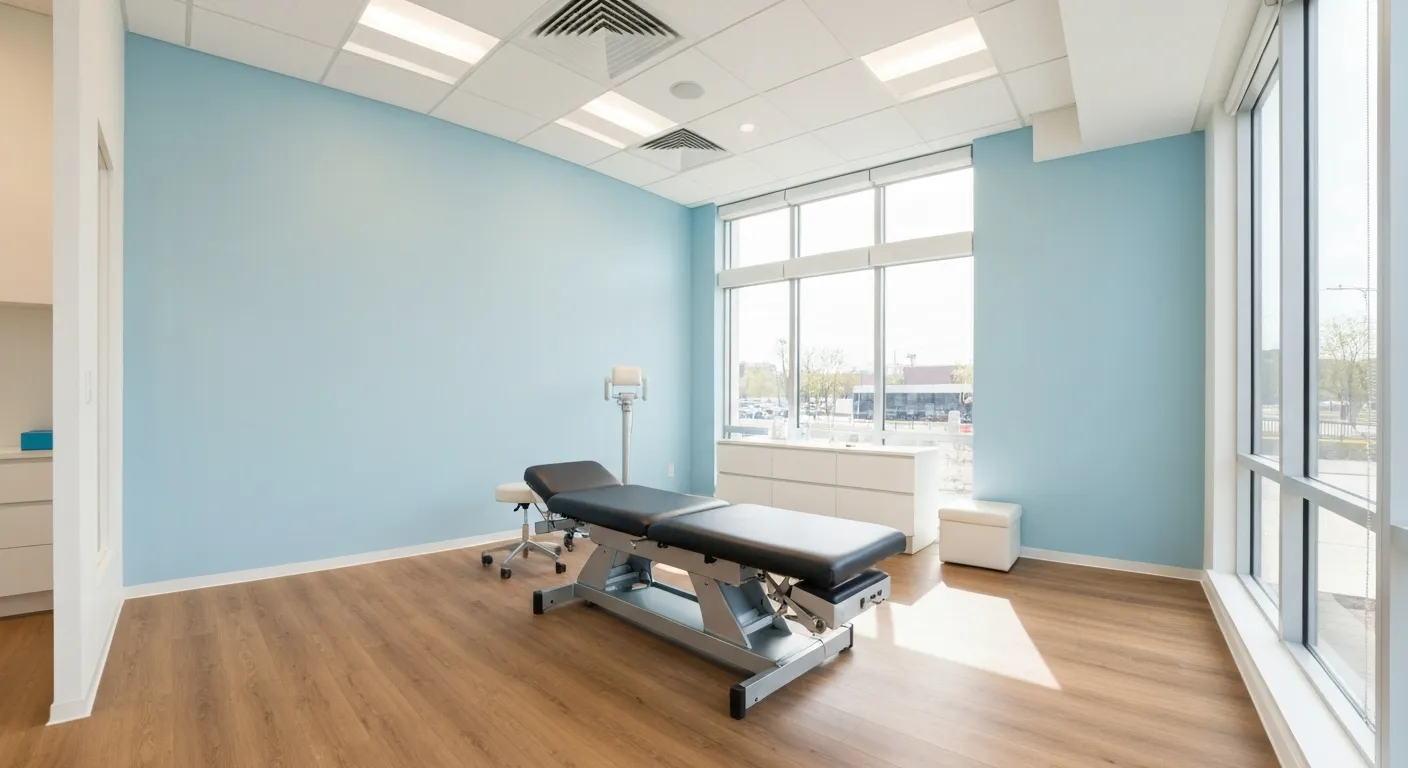
What to Expect During Your First Chiropractic Visit

Simple Lifestyle Adjustments to Maintain a Healthy Spine

Personalized Nutritional Counseling for Improved Health Outcomes

Exploring Non-Surgical Treatments for Spine-Related Conditions

An Introduction to Spinal Decompression for Sciatica Patients

Transformative Success Stories: Patient Experiences with Chiropractic Treatments

Why Chiropractic Care Is Essential for Back Pain Relief

Addressing Underlying Causes Versus Symptom Management in Pain Care

The Role of Nutrition in Enhancing Chiropractic Treatment Effectiveness

Sciatica Treatment Options: Is Spinal Decompression Right for You?

Lifestyle Tips to Maintain a Healthy Spine and Prevent Back Issues

The Synergy Between Physiotherapy and Chiropractic Treatments

What Happens During Your Initial Chiropractic Consultation

Effective Corrective Exercises for Sustainable Pain Management

Taking a Root Cause Approach to Chronic Pain Management

Holistic Pain Management Techniques Without Surgery

How Patient Success Stories Validate Chiropractic Care Benefits

Spinal Decompression: Innovative Treatment for Sciatic Nerve Pain

Spinal Decompression Therapy: A Non-Invasive Approach to Sciatica Relief

Exploring Holistic Approaches Beyond Surgery for Pain Relief

Practical Lifestyle Advice to Support a Healthy Spine Every Day

Corrective Exercise Routines Designed for Long-Term Pain Prevention

Real Patient Stories: Overcoming Chronic Pain with Chiropractic Care

Lifestyle Changes That Promote a Healthy Spine and Prevent Injury

How Addressing the Root Cause of Pain Leads to Lasting Relief

Non-Surgical Holistic Therapies to Manage Chronic Pain Effectively

Nutritional Counseling's Impact on Physical Health and Healing

Benefits of Regular Chiropractic Care for a Stronger Back

Your First Chiropractic Visit: What to Expect and How to Prepare

Patient Experiences: How Chiropractic Care Transformed Their Lives

Exploring Holistic, Non-Surgical Options for Pain Management

Combining Physiotherapy with Chiropractic Treatments for Enhanced Recovery

Holistic Treatments That Offer Alternatives to Surgery for Pain Relief

Corrective Exercise Strategies for Long-Term Spine Health

How Physiotherapy Complements Chiropractic Adjustments for Better Outcomes

First-Time Chiropractic Visitors: What You Should Know

Understanding the Importance of Treating Pain at Its Source

Adopting Lifestyle Changes to Support Your Spine's Wellness

Utilizing Physiotherapy to Enhance Chiropractic Treatment Outcomes

The Key Advantages of Chiropractic Care for Back Pain Sufferers

Why Focusing on Root Causes Improves Pain Treatment Success

Corrective Exercises That Promote Lasting Pain Relief and Mobility

Sciatica Relief Through Targeted Spinal Decompression Techniques

Preparing for Your First Chiropractic Appointment with Confidence

Healthy Lifestyle Habits for Maintaining Spinal Alignment

Success Stories Highlighting Chiropractic's Role in Pain Recovery

Top Benefits of Chiropractic Care for Chronic Back Pain

Nutrition Tips to Boost Your Overall Wellness and Recovery

How Chiropractic Care Alleviates Back Pain Naturally

How Nutritional Counseling Supports Overall Wellness and Spine Health

Step-by-Step Guide to Your First Visit with a Chiropractor

Using Nutrition to Support Chiropractic and Overall Wellness

Integrating Physiotherapy in Your Chiropractic Healing Journey

How Physiotherapy Complements Chiropractic Adjustments for Faster Healing

Lifestyle Tips for Maintaining a Healthy Spine and Preventing Back Pain

Heartwarming Patient Testimonials Highlighting Chiropractic Success

How Proper Nutrition Supports Chiropractic and Physiotherapy Treatments

Combining Physiotherapy and Chiropractic Treatments for Optimal Recovery

Why Chiropractic Treatments Are Effective for Managing Back Pain

Choosing a Chiropractor: Tips for Finding a Trusted Provider

Integrating Physiotherapy and Chiropractic: Benefits and What to Expect

How Tailored Corrective Exercises Can Aid in Pain Management

Chiropractic Care: A Proven Solution for Alleviating Back Pain

What to Expect at Your First Chiropractic Visit: A Comprehensive Guide

The Importance of Root Cause Analysis in Effective Pain Management

The Role of Corrective Exercises in Sustaining Pain-Free Living

Combining Chiropractic and Physiotherapy for Comprehensive Pain Relief

How Addressing Underlying Causes Improves Pain Treatment Effectiveness

Maintaining Spinal Health Through Lifestyle Changes and Preventive Care

Understanding the Benefits of Chiropractic Adjustments for Back Pain Sufferers

Spinal Decompression Therapy: A New Hope for Sciatica Relief

Lifestyle Recommendations to Support a Healthy Spine and Reduce Pain
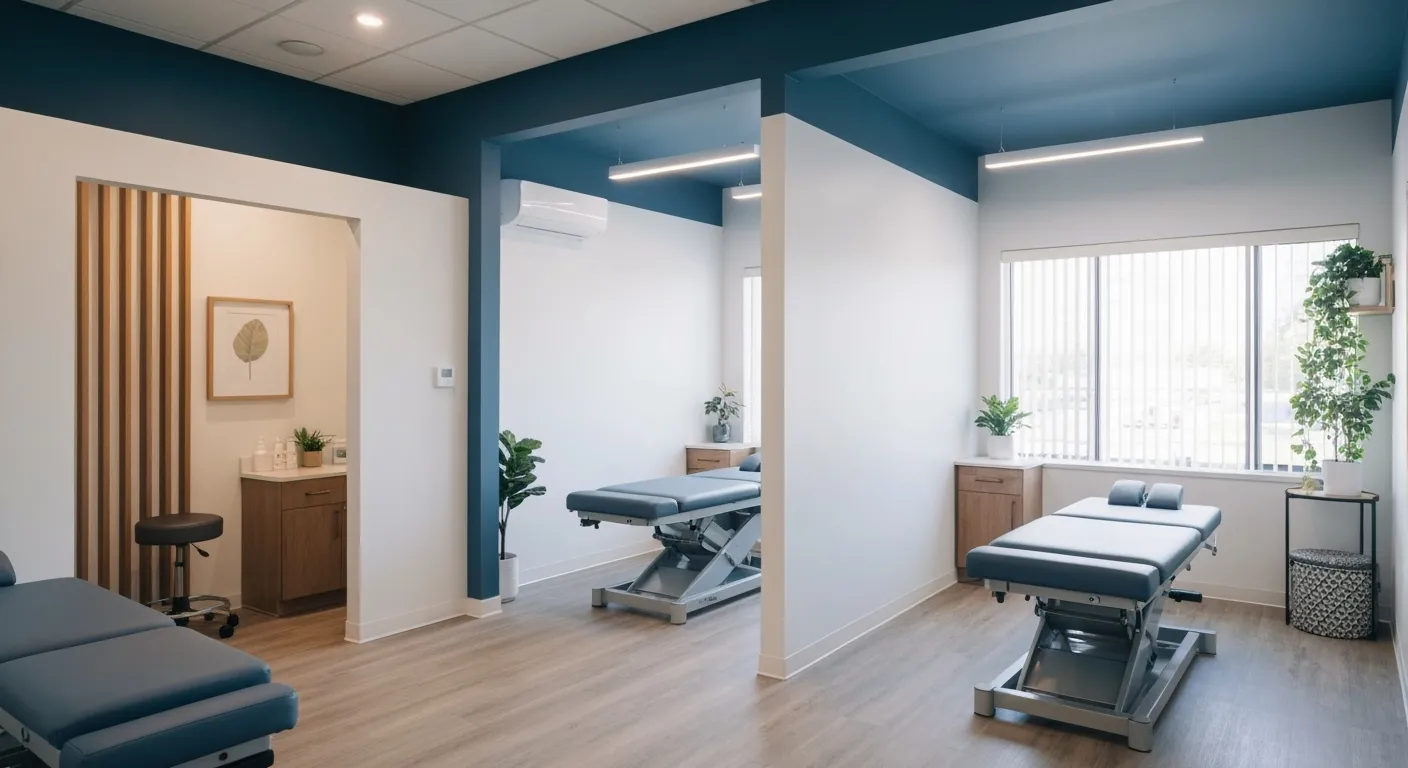
Choosing the Right Chiropractor: Key Factors to Consider Before Your First Appointment

Non-Invasive Treatment Alternatives: A Holistic Approach to Pain Relief

Corrective Exercises to Support Long-Term Relief from Chronic Pain

Exploring Non-Surgical Approaches to Spine Health and Wellness

Tips for Daily Habits That Keep Your Spine Strong

Success Stories: How Chiropractic Treatments Changed Lives

Why Focusing on the Root Cause of Pain Leads to Better Outcomes

Nutritional Counseling and Its Impact on Overall Wellness and Recovery

Patient Testimonials That Showcase the Power of Chiropractic Care

Preparing for Your First Chiropractic Appointment: What You Need to Know

